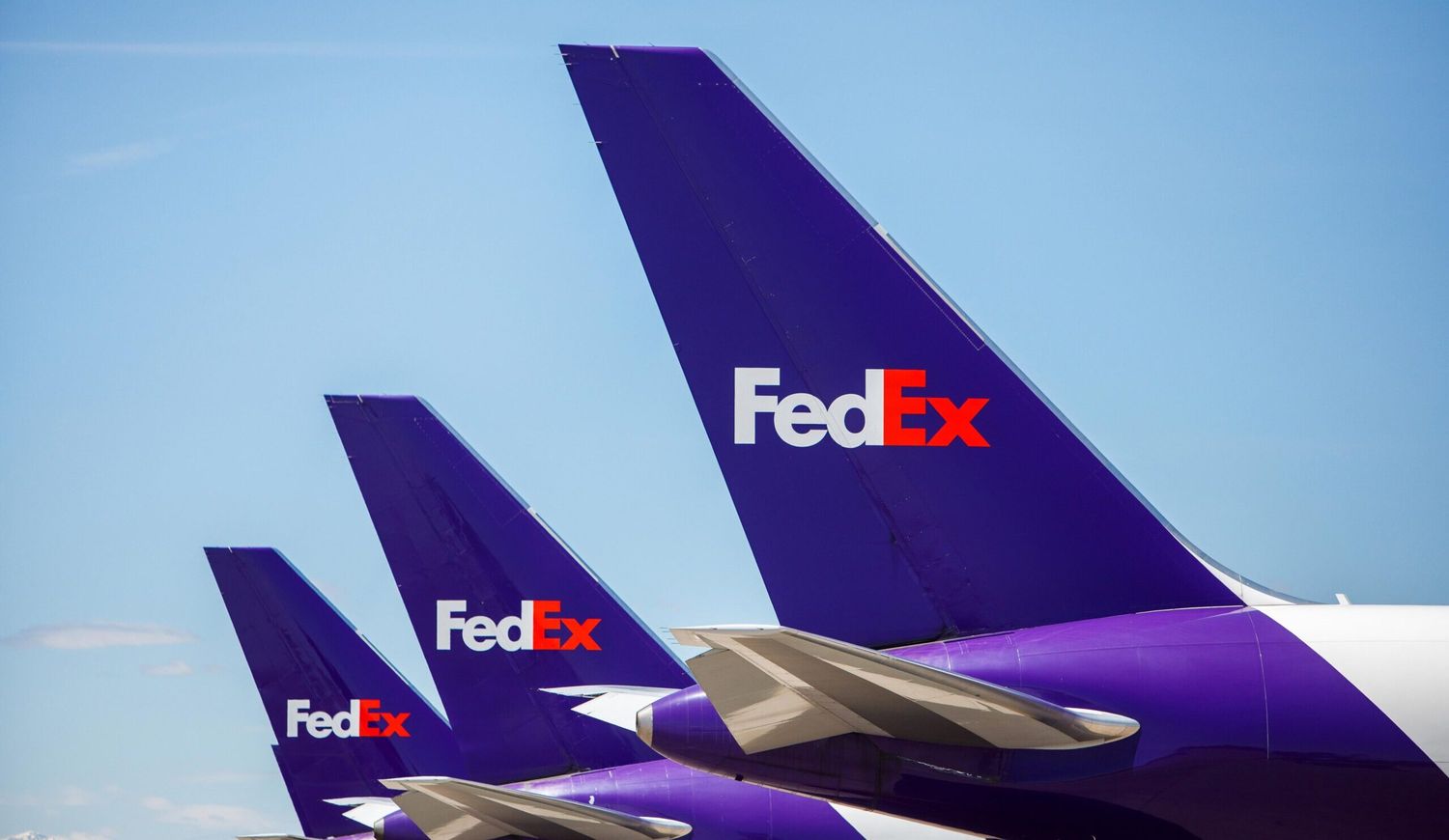FedEx prepares heavy freighter order and plans negotiations with Boeing and Airbus
Two lessons were drawn from the pandemic. Firstly that e-commerce is here to stay and secondly, logistics chains were – and remain – at the limit of their capabilities, mainly because of their dependence on a belly cargo system that will disappear in 2019 and 2020. In this context, above all, the world’s largest freight forwarders are taking action to strengthen their services. Thus, FedEx is in talks with Boeing and Airbus. The purpose is to buy new-generation freighters, and that decision has two options in the pipeline: the Boeing 777-8F and the Airbus A350F.
According to Reuters reports, FedEx had emerged as a possible launch customer for the 777-8F along with Qatar Airways, but a decision is now not expected before mid-year, as the company is currently focusing on negotiating with its pilots.
Memphis-based FedEx is a mostly Boeing customer, with 83% of its trunk fleet using models such as the 777, 767, and 757, as well as older McDonnell Douglas tri-jets, although it also operates 67 Airbus A300-600s.
Moreover, the 747-8F, soon to be discontinued, as well as the 777F and 767F, cannot be produced after 2027. The reason behind this is due to emissions regulations. Then, it would not make sense to go for any of those models if the idea is to acquire new aircraft. But beyond the possible economic difference of betting on the conversion of aircraft already built there is something else. The bottleneck of conversion centers could delay deliveries in the context of immediate need.
The freighter versions currently being evaluated by FedEx have a near-term production horizon, as the backlog of freighter orders mostly replaces undelivered airliner positions. Qatar ordered 34 777-8Fs but converted 20 previous 777-9 orders so the production ramp-up is 14 aircraft.
At a production rate of 2 airplanes per month, Boeing ensured the continuity of the production line. This gave the company some air to amortize the development investment for only 7 months. Not much, considering the cost overruns it is already paying for the 777X program.
To conclude
Airbus has a more modular approach on the A350. With less revolutionary changes -same engine, same wing length, and no need to add folding wingtips, for example- has the road to economic equilibrium a bit smoother. However, this doesn’t mean it has it easy either. The big advantage: the A350, the freighter’s base, is already certified and operating, while the 777X has an uphill battle until all the paperwork is up to date.
In short, in a depressed market, the aerospace industry is resorting to reversion to keep breathing. However, it remains to be seen if this order will help sustain a production line and if the loser of this competition has any leftovers.


Comentarios
Para comentar, debés estar registrado
Por favor, iniciá sesión